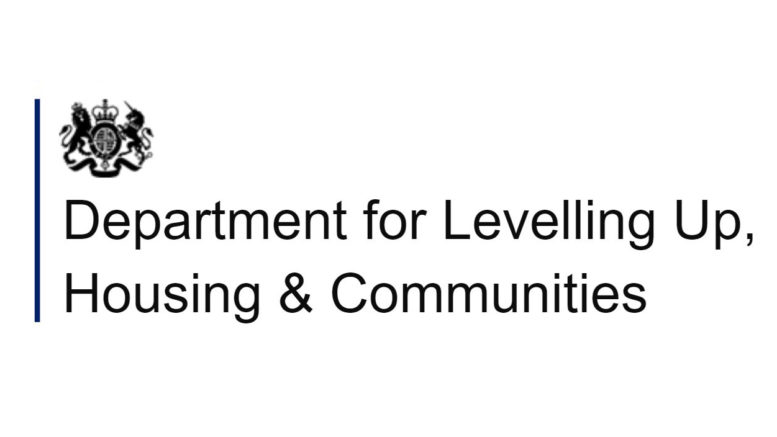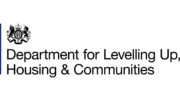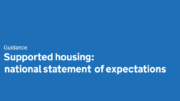Private rented housing is failing far too often to provide safe and secure homes for tenants, the Commons Public Accounts Committee has concluded in its report Regulation of Private Renting, published last week.
And it puts a good portion of the blame at the door of local and central government.
There has been only piecemeal legislation over recent years and this has made the regulatory system even ‘more overly complex and difficult to navigate for tenants, landlords and local authorities’, said the committee.
The private rented sector in England has doubled in size in the last 20 years and now houses 11m people, it said. However, 13 per cent of privately rented properties (589,000 in total) currently pose a serious threat to the health and safety of renters, costing the NHS an estimated £340m each year.
Meanwhile, tenants face increasing rents, a rising number of low-earners and families renting long-term, and the prevalence of ‘no-fault’ evictions leaving households at risk of homelessness. When they try to enforce their legal right to a safe and secure home, ‘private renters face an inaccessible, arduous and resource-intensive court process and the risk of retaliatory eviction’.
Local authorities are constrained by lack of support from the Department for Levelling Up, Housing and Communities. ‘Regulation by local authorities is under capacity and not providing appropriate and consistent protection for tenants. The sector is a postcode lottery of local authority enforcement, with 21 per cent of all privately rented homes in one region estimated to be severely unsafe.
‘The Department for Levelling Up, Housing and Communities does not know what base level of resource local authorities need to ensure landlords comply with legal minimum standards, and it is not proactive enough in supporting them to regulate effectively.
‘Despite these systemic issues, the Department has only made piecemeal legislative changes in recent years, and in doing so has made the regulatory system even more overly complex and difficult to navigate for tenants, landlords and local authorities. It intends to address problems within the sector with a planned White Paper later in the year. However, to do so it will need better data to understand issues within the sector and to evaluate the impact of legislative changes on landlords, tenants, the housing market as a whole and the effectiveness of regulation’.
‘Unsafe conditions, overcrowding, harassment, discrimination, and dodgy evictions are still a huge issue in the private rented sector’, claimed PAC chairman Dame Meg Hillier.
‘And yet the sector is a growing provider of homes and rents keep rising meaning that safe, suitable housing is too often out of reach for renters. Renters with a problem are faced with a complex and costly redress system which is not fit for purpose and many tenants give up at the first hurdle.
‘We need to see a change in balance. We expect DLUHC to produce the promised White Paper in a timely and effective fashion and start to turn around its record on addressing the desperate housing crisis in this country’.
The National Residential Landlords Association welcomed some aspects of the report which it said ‘rightly makes the case for a comprehensive, data driven strategy for the private rented sector’.
Too often reforms had been piecemeal, based on insufficient information to understand their true impact or how workable they are’, said NRLA chief executive Ben Beadle, who provided oral evidence to the Committee.
‘Such a strategy needs to include assessing the impact of reforms on the supply of homes for rent at a time when demand for them is soaring.
‘We agree with the committee’s concerns about the postcode lottery that exists in tackling rogue and criminal landlords. Tenants and responsible landlords are being let down by the pitiful lack of enforcement action by councils using the array of powers available to clamp down on bad practice in the sector’.







